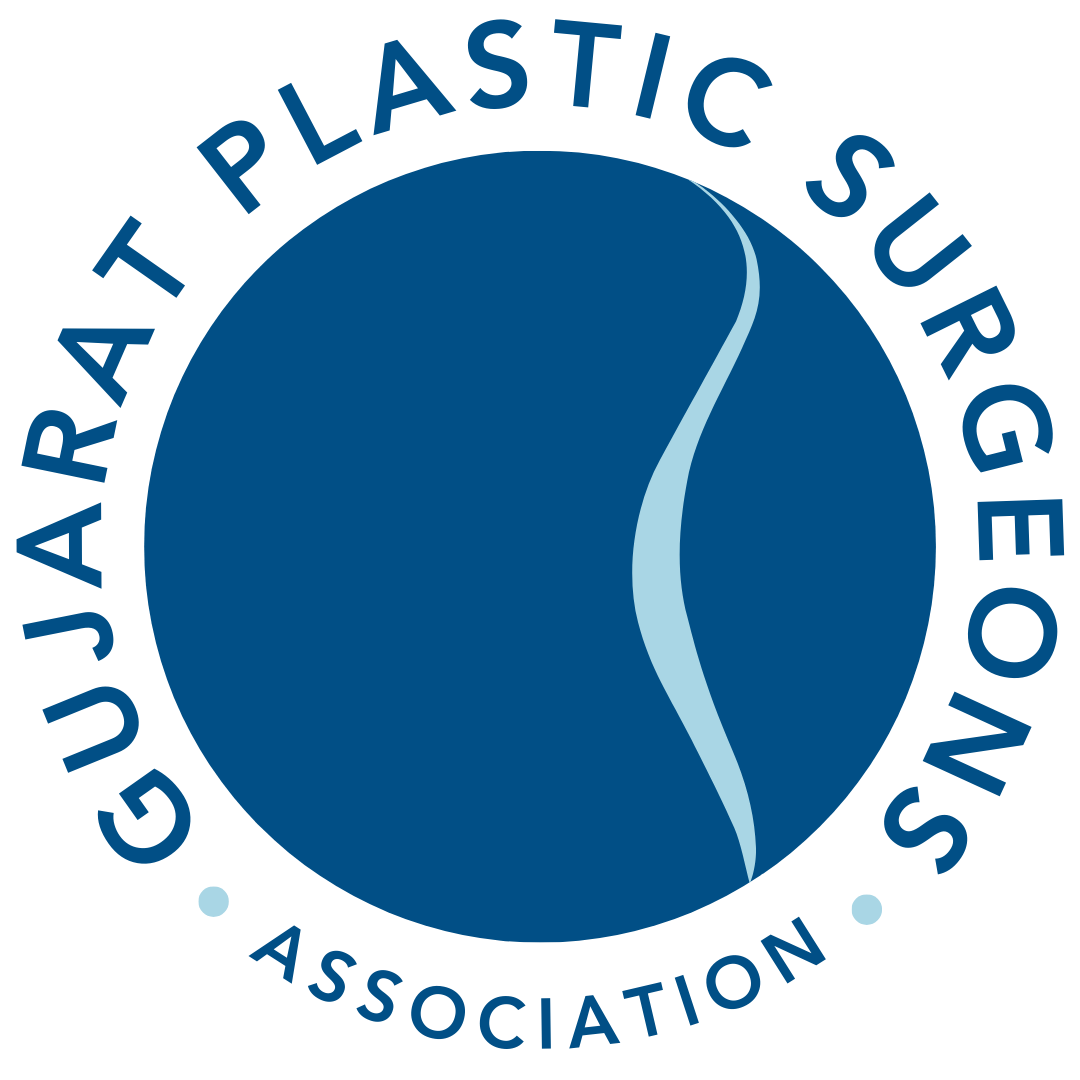

RECONSTRUCTIVE SURGERIES
Oral and facio-maxillary surgery
When Should This Surgery Be Avoided?
When is This Surgery Recommended?
Preoperative Management
Surgical Technique


Wound Management

Postoperative Care
Complications
Outcomes and Prognosis
Psychological Support
Multidisciplinary Collaboration
Advances in Surgery
About The Treatment
Maxillofacial surgery, a specialized branch of plastic surgery, involves the diagnosis, surgical treatment, and management of conditions affecting the face, jaws, head, and neck. Plastic surgeons with expertise in maxillofacial surgery address a wide range of issues, from congenital anomalies and traumatic injuries to cancers and aesthetic concerns. This surgery aims to restore function, improve appearance, and enhance the quality of life for patients.
Common Conditions Treated in Maxillofacial Surgery
Congenital Anomalies
Cleft Lip and Palate:
Birth defects that result in openings or splits in the upper lip, the roof of the mouth (palate), or both.
Craniosynostosis:
Premature fusion of skull bones leading to abnormal head shape and potential brain development issues.
Hemifacial Microsomia:
Underdevelopment of one side of the face.
Traumatic Injuries
Facial Fractures:
Broken bones in the face, including the jaw (mandible), cheekbones (zygomatic bones), and eye sockets (orbital bones).
Soft Tissue Injuries:
Lacerations, avulsions, and other soft tissue damage to the face and neck.
Dental Trauma:
Injuries to the teeth and supporting structures.
Oncologic Conditions
Oral and Maxillofacial Cancers:
Cancers affecting the mouth, jaw, and face.
Skin Cancers:
Basal cell carcinoma, squamous cell carcinoma, and melanoma involving the facial skin.
Orthognathic Surgery
Jaw Deformities:
Misalignment of the jaws (e.g., underbite, overbite) that affects function and aesthetics.
Sleep Apnea:
Surgical intervention for obstructive sleep apnea due to jaw abnormalities.
Infections
Osteomyelitis:
Bone infection, often requiring surgical debridement.
Abscesses:
Pus-filled infections in the soft tissues or bones.
Aesthetic Procedures
Rhinoplasty:
Surgery to alter the shape of the nose.
Facelift:
Surgery to reduce signs of aging by removing excess skin and tightening underlying tissues.
Chin Augmentation:
Enhancing the chin's appearance through implants or bone reshaping.
Surgical Techniques and Procedures
Cleft Lip and Palate Repair
Cleft Lip Repair:
Reconstructing the lip using specialized techniques to restore normal appearance and function.
Cleft Palate Repair:
Closing the opening in the roof of the mouth to improve feeding, speech, and hearing.
Craniofacial Surgery
Cranial Vault Remodeling:
Reshaping the skull to allow for normal brain growth in craniosynostosis.
Facial Bone Reconstruction:
Using bone grafts, implants, or distraction osteogenesis to correct deformities.
Trauma Surgery
Reduction and Fixation:
Realigning and stabilizing fractured facial bones using plates, screws, and wires.
Soft Tissue Repair:
Suturing lacerations and repairing avulsions to restore normal appearance and function.
Oncologic Reconstruction
Tumor Resection:
Surgically removing cancerous tissues.
Reconstructive Flaps:
Using local or free flaps to reconstruct defects following cancer removal.
Microvascular Surgery:
Reconnecting tiny blood vessels in free flap procedures to ensure tissue viability.
Orthognathic Surgery
Le Fort Osteotomy:
Surgically repositioning the upper jaw (maxilla).
Bilateral Sagittal Split Osteotomy:
Repositioning the lower jaw (mandible) to correct alignment.
Aesthetic Surgery
Rhinoplasty:
Reshaping the nose for functional or aesthetic improvement.
Facelift:
Lifting and tightening facial tissues to reduce signs of aging.
Genioplasty:
Augmenting or reducing the chin for a balanced facial profile.
Postoperative Care and Rehabilitation
Wound Care
Monitoring for Infection:
Regular check-ups and appropriate wound care.
Scar Management:
Techniques such as silicone sheets, massage, and laser therapy to improve scar appearance.
Pain Management
Medications:
To control postoperative pain and inflammation.
Nerve Blocks:
For regional anesthesia and pain control.
Nutrition and Feeding
Special Diets:
Soft or liquid diets may be necessary after jaw surgery.
Feeding Support:
For patients recovering from cleft palate surgery or those with compromised oral function.
Physical and Occupational Therapy
Range of Motion Exercises:
To prevent stiffness and improve mobility, especially important after orthognathic and trauma surgeries.
Speech Therapy:
For patients with cleft palate or those who have undergone extensive oral and maxillofacial surgery.
Regular Follow-Up
Monitoring Healing:
Regular appointments to assess progress and detect any complications.
Adjusting Care Plans:
Based on recovery progress and patient needs.
Advances in Maxillofacial Surgery
3D Imaging and Planning
3D CT Scans and MRI:
For detailed visualization of complex anatomy.
Virtual Surgical Planning:
Using 3D models to plan surgeries with precision.
Minimally Invasive Techniques
Endoscopic Surgery:
Smaller incisions, less scarring, and faster recovery.
Robotic-Assisted Surgery:
Increased precision in complex reconstructive procedures.
Regenerative Medicine
Stem Cell Therapy:
Research into using stem cells to enhance tissue regeneration and healing.
Tissue Engineering:
Developing bioengineered tissues for reconstructive purposes.
Conclusion |
Maxillofacial surgery by plastic surgeons is a highly specialized and evolving field, encompassing a wide range of procedures aimed at restoring function, appearance, and quality of life for patients with complex facial and cranial conditions. Advances in technology and surgical techniques continue to improve outcomes, offering hope and enhanced recovery for patients undergoing these life-changing procedures. |